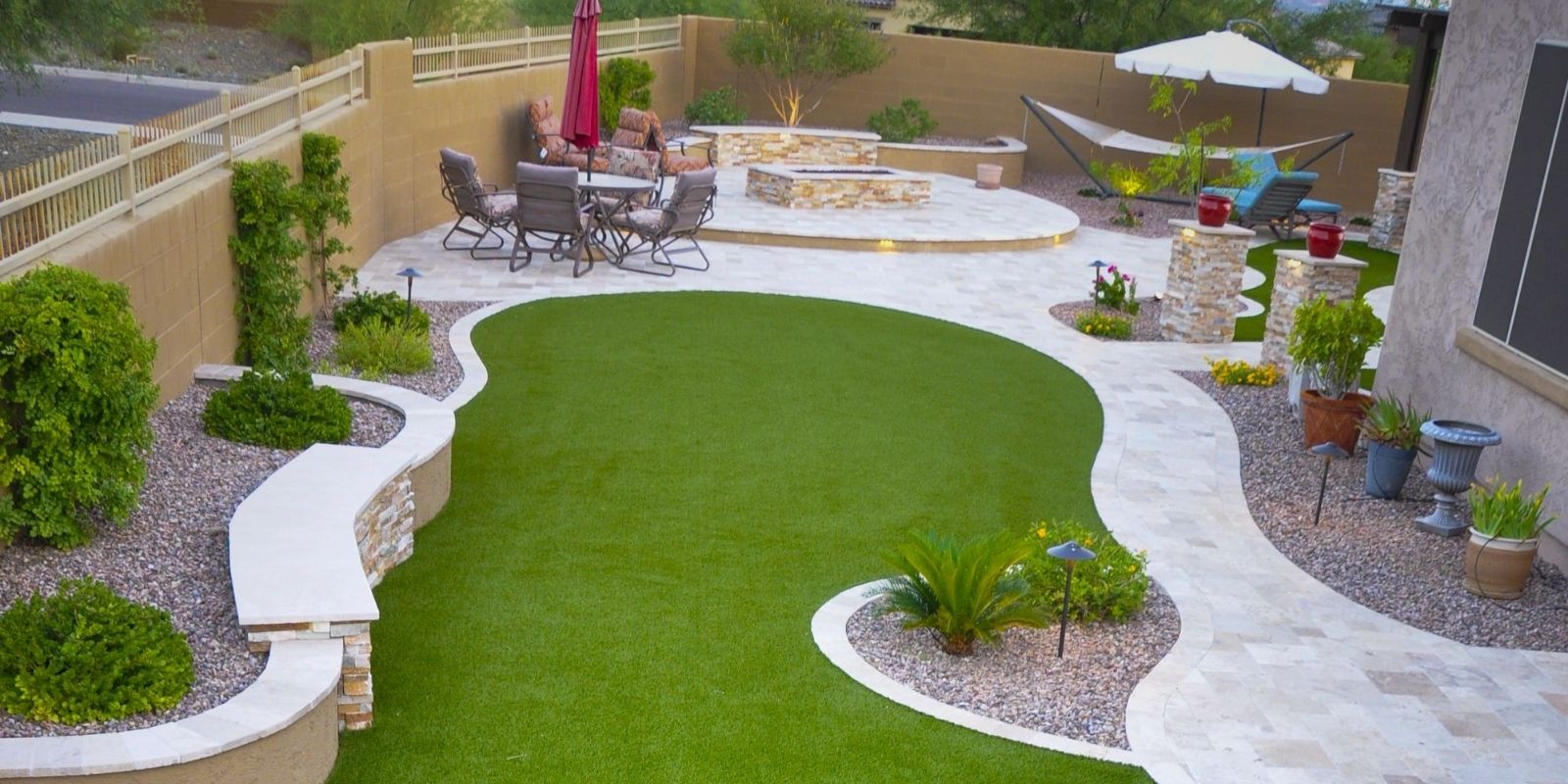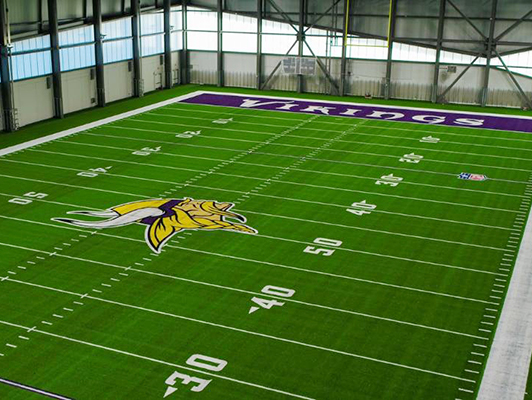High-Quality Arizona Turf Installation Services for Homes and Businesses
High-Quality Arizona Turf Installation Services for Homes and Businesses
Blog Article
Delve Into the Environmental Conveniences of Opting for Synthetic Grass Solutions
The fostering of synthetic turf solutions presents an engaging chance to deal with pushing ecological difficulties. By dramatically decreasing water usage and minimizing the application of dangerous chemicals, these alternatives not only promote sustainable landscape design however additionally safeguard regional environments. Furthermore, the lower carbon footprint linked with reduced upkeep activities contributes to a much more lasting approach to land administration. Nonetheless, the effects of these advantages expand past simple preservation efforts, questioning concerning their long-term effect on environment conservation and overall environmental balance. Exploring these measurements discloses a complicated interplay worth considering.
Water Conservation Benefits
One of the most significant advantages of synthetic grass is its ability to save water. In comparison, fabricated grass does not require watering, substantially lowering the general need for water sources.
By getting rid of the requirement for regular watering, artificial turf adds to lasting landscape practices and aids alleviate the environmental impact of extreme water usage. The preservation of water extends to the reduction of overflow, which can lead to dirt erosion and waterway pollution.
Additionally, the installment of synthetic grass enables home owners and communities to allot water resources extra efficiently, concentrating on important uses such as drinking water and agriculture. The shift in the direction of man-made grass not just promotes liable water usage but likewise aligns with more comprehensive ecological goals targeted at maintaining natural deposits.
As communities significantly focus on sustainability, the water preservation benefits of synthetic grass provide an engaging situation for its fostering in commercial and domestic landscape design projects.
Reduced Chemical Usage
The transition to synthetic grass dramatically decreases the reliance on chemical treatments commonly used in natural turf upkeep. Traditional lawn management usually involves the application of herbicides, chemicals, and fertilizers to promote development and control bugs. These chemicals can position risks to human health, neighborhood wildlife, and the atmosphere, adding to dirt and water contamination.
On the other hand, synthetic grass removes the demand for these damaging compounds. As soon as installed, it calls for minimal upkeep, mostly including routine cleansing and infrequent infill replenishment. This reduction in chemical usage not only benefits the immediate setting but likewise adds to wider ecological security. By minimizing the launch of artificial compounds into the environment, fabricated grass advertises much healthier soil and water supply.
Furthermore, the absence of chemical runoff connected with fabricated lawn installations assists protect local waterways from air pollution, supporting marine life and preserving biodiversity. Phoenix turf companies. As areas significantly prioritize lasting practices, choosing man-made turf offers a sensible service that aligns with ecological preservation goals. Through this change, home owners can appreciate rich environment-friendly rooms without endangering eco-friendly wellness, leading the way for a much more sustainable future
Reduced Carbon Footprint

In addition, the installation of synthetic grass can lead to considerable water preservation. Natural lawns need substantial amounts of water for watering, which not only contributes to the carbon footprint associated with water removal and check my blog therapy however also strains regional water sources. On the other hand, synthetic grass requires very little upkeep, requiring no watering, consequently significantly lowering water use and its connected power expenses.
Additionally, the long life of man-made turf adds to its decreased carbon influence. With a lifespan of as much as 15 years or even more, the requirement for constant replacements is reduced, resulting in much less waste and reduced power intake in manufacturing and throwing away standard yard options. On the whole, synthetic grass provides a lasting choice for environmentally aware landscape design.
Habitat Preservation
Habitat preservation is a critical factor to consider in the debate over landscaping selections, especially when comparing fabricated lawn to all-natural turf. Natural turf yards usually call for extensive maintenance, consisting of making use of herbicides, chemicals, and fertilizers, which can detrimentally influence regional ecological communities. These chemicals can seep right into the soil and rivers, hurting native plants and fauna and interfering with regional environments.
Fabricated lawn gets rid of the need for damaging chemicals, thus safeguarding close-by wild animals and keeping the honesty of bordering ecosystems. The installation of fabricated turf can lead to the conversion of former grass areas right into more biodiverse landscapes, such as pollinator yards or Recommended Reading indigenous plant areas, which can sustain neighborhood wildlife.
Ultimately, the shift to synthetic grass not only conserves water and decreases maintenance efforts but also fosters an extra unified connection in between human activities and the native environment, advertising habitat conservation at the same time.
Long-Term Sustainability
Long-lasting sustainability is an important element in evaluating the advantages of synthetic grass over traditional lawn lawns. One of one of the most significant advantages of synthetic grass is its longevity; it can last approximately 15-20 years with marginal maintenance, whereas all-natural grass requires frequent reseeding and replacement. This longevity lowers the demand for constant sources, such as water, plant foods, and pesticides, which are essential for keeping a healthy yard yard.
Additionally, synthetic grass adds to a decrease in carbon discharges connected with grass treatment tools. Standard yards often need gas-powered mowers, leaners, and blowers, all of which add to air pollution. Arizona turf. On the other hand, man-made lawn removes the requirement for such tools, advertising a cleaner atmosphere
Moreover, the manufacturing of artificial lawn increasingly utilizes Arizona turf recycled products, boosting its sustainability account. As suppliers embrace eco-friendly practices, the ecological footprint of synthetic grass remains to decrease.

Final Thought
The fostering of synthetic grass solutions provides considerable environmental benefits, consisting of substantial water preservation, minimized reliance on damaging chemicals, and a lower carbon impact. Moreover, synthetic grass aids in preserving natural habitats by lessening land disruption and advertising long-term sustainability through making use of sturdy materials. Collectively, these elements underscore the possibility of man-made turf to add positively to ecological health and offer a feasible alternative to typical landscaping practices in an increasingly resource-conscious world.
In contrast, man-made lawn does not require watering, significantly reducing the overall need for water resources. By reducing the release of artificial substances right into the community, artificial lawn promotes healthier dirt and water systems.
In addition, the installment of synthetic lawn can result in significant water conservation. In comparison, synthetic turf needs marginal maintenance, calling for no watering, therefore substantially minimizing water use and its associated energy costs.

Report this page